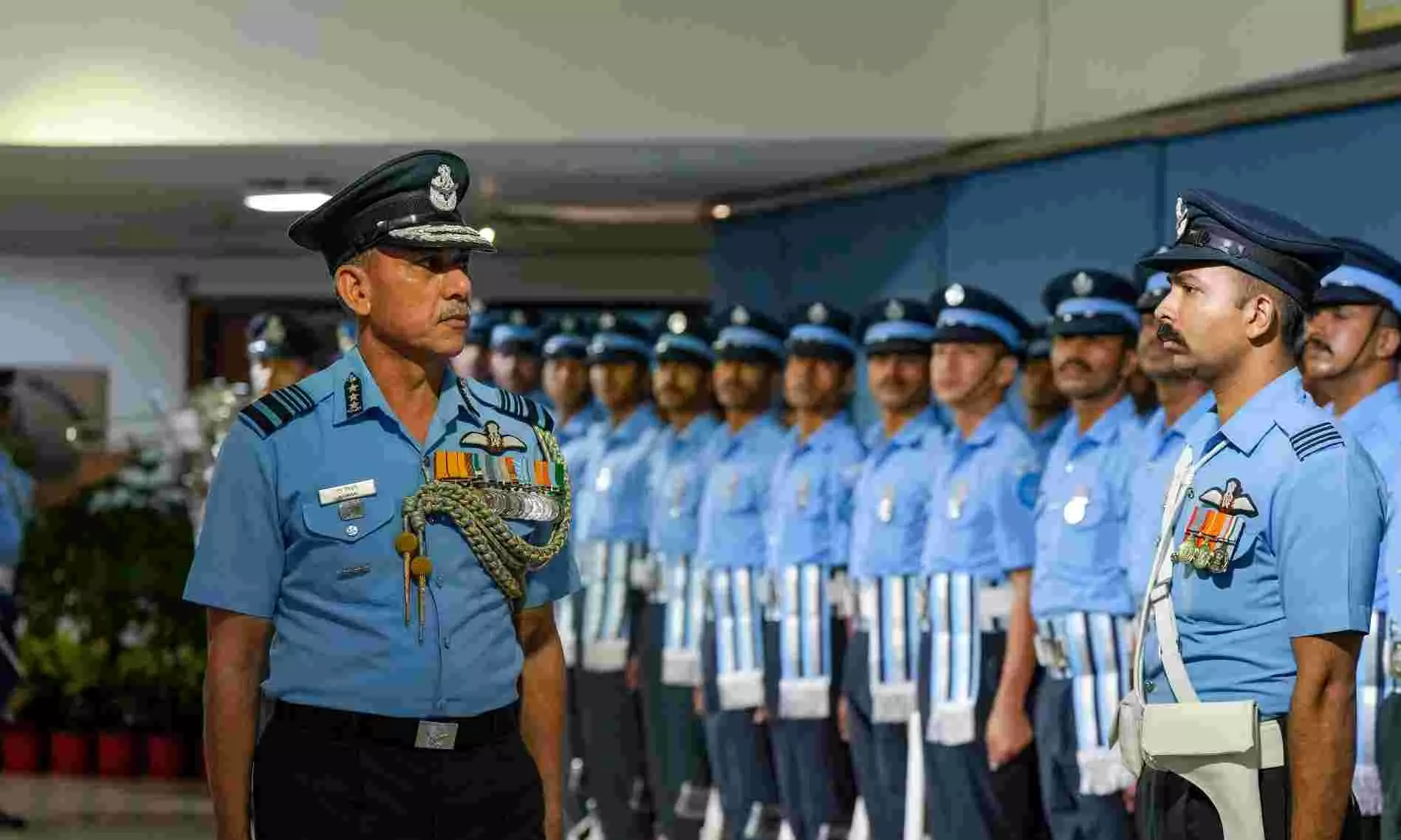
IAF fired under 50 weapons in Operation Sindoor, says Vice Chief
In a decisive response to the Pahalgam attack, IAF’s Operation Sindoor struck 9 terror bases with under 50 weapons, prompting Pakistan to seek a ceasefire

Three months after Operation Sindoor, the Indian Air Force (IAF) revealed on Saturday (August 30) that fewer than 50 weapons were fired by the IAF to make Pakistan to reach out for a ceasefire. The revelation was made by Vice Chief of the Indian Air Force Air Marshal Narmdeshwar Tiwari.
India launched precision strikes on nine terror bases in Pakistan-occupied Kashmir and mainland Pakistan following the Pahalgam terror attack that left 26 civilians dead.
Speaking at an event, Tiwari said that the key takeaway from the military operation was that by only firing less than 50 weapons, India was able to achieve conflict elimination. He also said that initially there was a large number of potential targets for Operation Sindoor, which was later narrowed down to nine.
“Key takeaway for us, that in less than 50 weapons, we were able to achieve conflict elimination. So this is the essential part which I want you to take away,” said the IAF Vice Chief as quoted by NDTV.
Also Read: IAF set to order more Israeli Rampage missiles after Operation Sindoor
‘Easy to start war, but…’
Elaborating further, Tiwari said that it was easy to start a war but difficult to end it, adding that it was with this in mind that the Indian forces were activated and deployed with full preparedness to face any eventuality.
The IAF official attributed India’s success in rebuffing Pakistani missile and drone strikes following Operation Sindoor to India’s Integrated Air Command and Control System (IACCS), adding that it allowed India to absorb the initial impact of the confrontation and then respond with such a “hard-hitting reply” that compelled Pakistan to request a ceasefire.
Also Read: 5 Pakistani fighter jets, 1 large aircraft shot down during Op Sindoor: IAF chief
‘Three directions from Govt’
He also said there were three directions from the Government. First, the punitive action has to be “visual and visible”, a clear message must be sent to deter any future attacks, and finally, the armed forces were given full operational freedom with preparations made for a possible escalation into a full-fledged conventional war.
"The important aspect which worked in our favour was that we were given complete operational freedom to plan any response to enemy actions. And that was a big positive because that shortened our decision cycles. And as you would see in the future when things panned out, we were up to speed with events that were occurring in real time," said Tiwari as quoted by NDTV.

